#history of islam
Text
Gibrael cried between the earth and the skies "Wallah they destroyed the pillar of guidance." 💔
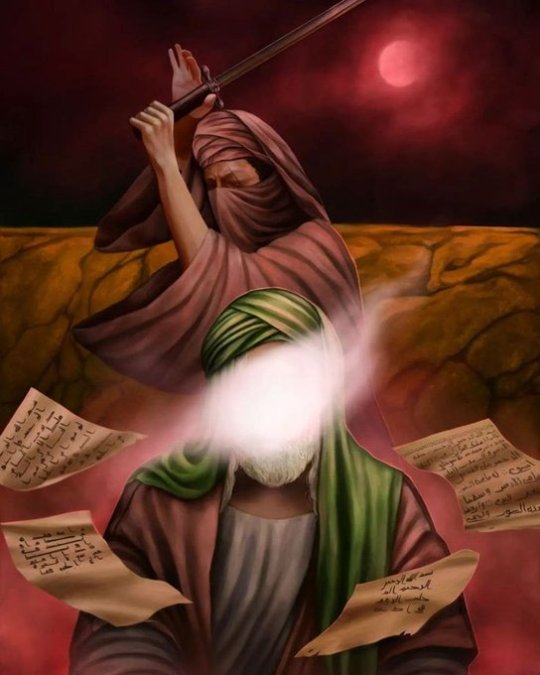
فُزتُ_وَرَبِّ_الكعبةِ
30 notes
·
View notes
Text
Archive | The Haik, a traditional Moroccan Outfit exported in Africa
Le Haik, une tenue traditionnelle Marocaine exporté en Afrique
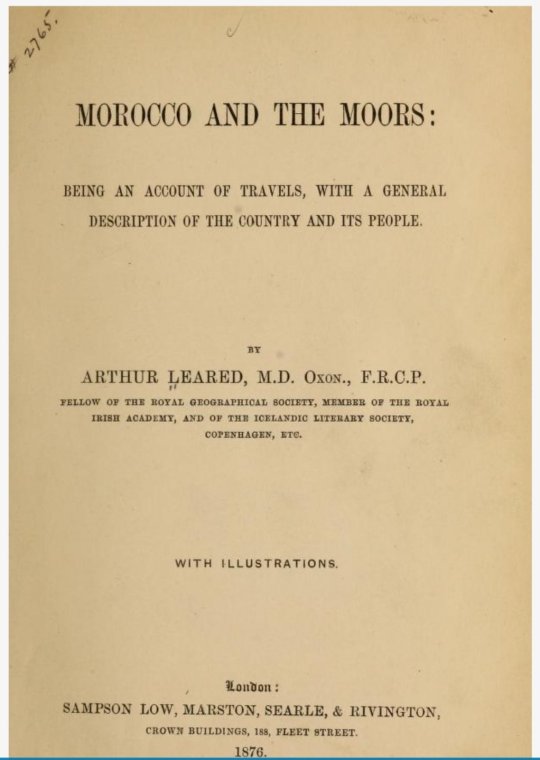

" The dress of the woman is much the same as that of the men, but the Haik is arranged differently and is employed in concealing the features when any of the opposite sex are present " — Morocco and the Moors by Arthur Leared, 1876
#Morocco#Moroccan#Moroccan History#Moroccan Heritage#Haik#History Of Haik#Haik Is Moroccan#Moors#Moorish#Islam#History Of Islam#Islamic History#Museum#Archive#Book#Readingr#book reviews#history#history lover#anthropology#world history#culture#moroccan culture#beautiful morocco#womenswear#ramadan#islamdaily#muslims#Algeria#Tunisia
8 notes
·
View notes
Text
The Ottoman Empire in the Americas
The Ottoman Empire in the Americas
“The Ottoman Empire in the Americas,” is a necessary post to establish the Moroccan presence in the Americas since the Ottoman Empire ruled Morocco. In fact, the Ottoman Empire was one of the mightiest and longest-lasting dynasties in world history. This Islamic-run superpower ruled large areas of the Middle East, Eastern Europe, and North Africa for more than 600 years.
The Ottoman Empire also…
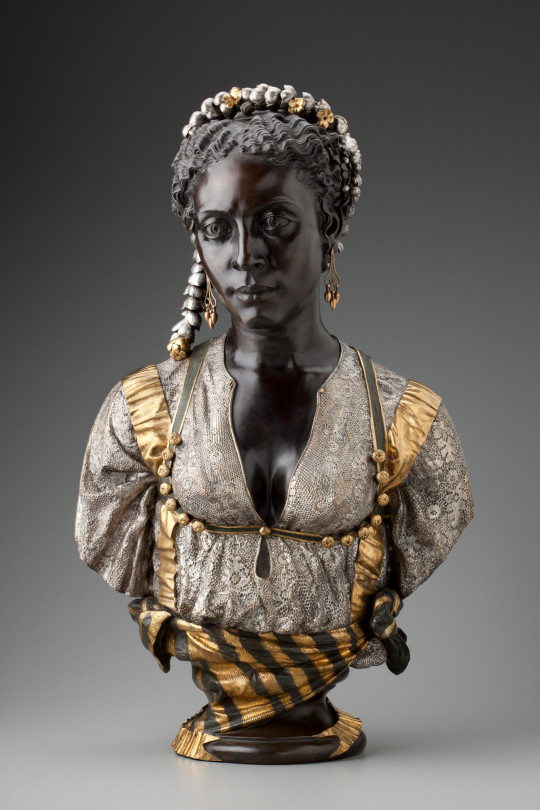
View On WordPress
#Algeria#Algiers#Ancient Arabia#Ancient Turkey#Baghdad#Black History#Blackamoors#Carthage#Casablanca#Cherokee Indians#Granada land#Greater Morocco#History of Carolina#History of Islam#Iraq#Kingdom of Saudi Arabia#Moors#Muurs#New Orleans#Origins of Islam#Phoenicia#Phoenicians#Pomegranates#Sumter Turks#the land of Milk and Honey#The Orient#The Ottoman Turks#Tunis#Turks of South Carolina#Washitaw Mu&039;urs
16 notes
·
View notes
Video
youtube
The Untold Stories of Berber Slave Women in Morocco | History of Islam.
0 notes
Video
youtube
The Untold Stories of Berber Slave Women in Morocco | History of Islam.
0 notes
Text
Quba Mosque
The world’s first mosque
The world’s first mosque carries profound historical significance in the history of Islam. The mosque is located in the city of Madinah in Saudi Arabia and is known as the Quba Mosque. Its construction dates back to the early days of Islamic propagation, especially during the 7th century at the time of Prophet Muhammad (peace be upon him). The Quba Mosque stands as a…

View On WordPress
#Hijra#History of Islam#Makkah#Masjid Al-Quba#Migration#Migration of Prophet Mahammad#Quba mosque#Sunnah#The world&039;s first Mosque
0 notes
Text
Cosmas Megalommatis, To the Unknown Allah! Islam being Misunderstood and Unknown in Greece
Κοσμάς Μεγαλομμάτης, Τω Αγνώστω Αλλάχ! Το Παρεξηγημένο και Άγνωστο στην Ελλάδα Ισλάμ
Περιοδικό Διαβάζω, τεύχος 190, 27 Απριλίου 1988, σελ. 129-145
Βιβλιοκρισία του τρισάθλιου, κακογραμμένου και διαστρεβλωτικού ‘εγχειριδίου’ «Πολιτική Ιστορία του Ισλαμικού Χώρου», το οποίο συμπιλήθηκε ύστερα από κωμική ακατανοησία βιαστικά και πρόχειρα διαβασμένου υλικού εκ μέρους του ανύπαρκτου ως ισλαμολόγου Κωνσταντίνου Πάτελου ο οποίος δεν είχε παρακολουθήσει ούτε μία ώρα μαθήματος πρώτου έτους σπουδών σε Ισλαμικές Σπουδές σε κάποιο πανεπιστήμιο και δεν είχε πάρει ούτε ένα σχετικό με την Ιστορία των Ισλαμικών Κρατών πτυχίο, αλλά ήταν απλώς ένας διδάκτωρ χριστιανικής θεολογίας. Οι ασυναρτησίες του εν λόγω ‘βιβλίου’ χρησίμευσαν μόνον στα εντελώς αντι-χριστιανικά και αντι-ισλαμικά, ‘παγκοσμιοποιητικά’ συμφέροντα των βεβήλων Ιησουϊτών, δεδομένου ότι το λαθεμένο πόνημα αυτό εδιάβασαν χιλιάδες κακότυχοι φοιτητές του Παντείου πανεπιστημίου, πέφτοντας έτσι θύματα σύγχυσης. Το εν λόγω «έντυπο» κυκλοφόρησε το 1987 και -ως αποτέλεσμα οικτρής αμάθειας, περισσής άγνοιας, απροσμέτρητων παραλείψεων, και πρωτοφανών συγχύσεων- συμπεριέλαβε τάχα όλη την Ιστορία των Ισλαμικών Κρατών (από τον 7ο μέχρι τον 18ο αιώνα) σε μόνον … 172 σελίδες (!!! ???) κατάμεστες από γελοία λάθη.
—————————————
Cosmas Megalommatis, To the Unknown Allah! Islam being Misunderstood and Unknown in Greece
Diavazo Review, Issue 190, April 27, 1988, pp. 129-145
Book review of the poorly written, distorted and unfounded textbook “Political History of the Islamic World”, which was compiled after a comical misunderstanding of hastily and casually read material by the non-specialist in Islamic Studies Konstantinos Patelos, who had never attended a single hour of first-year course in Islamic Studies at some university and he did not even get a degree related to the History of Islamic States, having merely a PhD in Christian theology. The nonsensical contents of the said ‘book’ only served the anti-Christian, anti-Islamic, globalist interests of the vile Jesuits, since this totally incorrect book was studied by thousands of unfortunate Panteion university students, who fell prey to the confusion. The “book” in question was published in 1987 and, as a result of gross ignorance, countless omissions, and unprecedented confusions, it included the entire History of the Islamic States (from the 7th to the 18th century) in only … 172 pages (!!! ???) packed from ridiculous mistakes.
——————————-
Кузьма Мегаломматис, Неведомому Аллаху! Ислам не понимают и не знают в Греции
Обзор Диавазо, выпуск 190, 27 апреля 1988 г., стр. 129–145.
Рецензия на плохо написанный, искаженный и необоснованный учебник «Политическая история исламского мира», составленный после комичного непонимания наспех и случайно прочитанного материала неспециалистом по исламоведению Константиносом Пателосом. «Автор» ни разу не прослушал ни одного часа первого курса исламских исследований в каком-либо университете и даже не получил ученой степени по истории исламских государств, имея всего лишь докторскую степень по христианскому богословию. Бессмысленное содержание упомянутой «книги» служило лишь антихристианским, антиисламским, глобалистским интересам мерзких иезуитов, поскольку эту совершенно неправильную книгу изучали тысячи несчастных студентов университета Пантеиона, ставших жертвами путаницы. «Книга», о которой идет речь, была издана в 1987 году и в результате грубого невежества, бесчисленных упущений и беспрецедентной путаницы включила в себя всю Историю исламских государств (с VII по XVIII век) всего на… 172 страницах (!!!???), которые были набиты нелепыми ошибками.



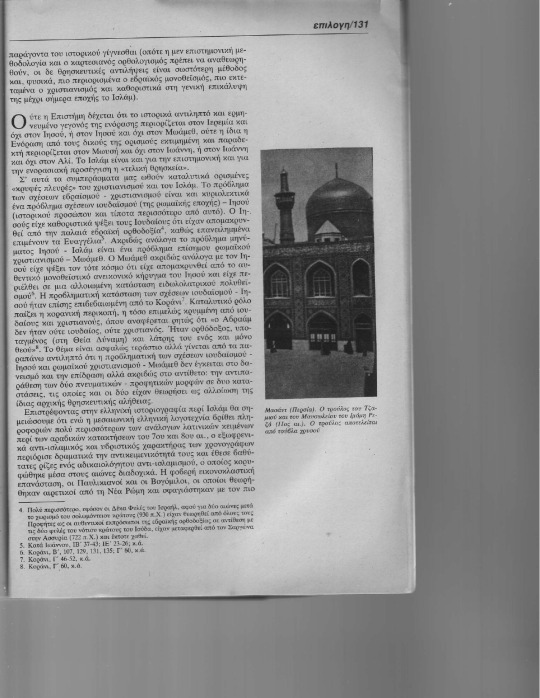



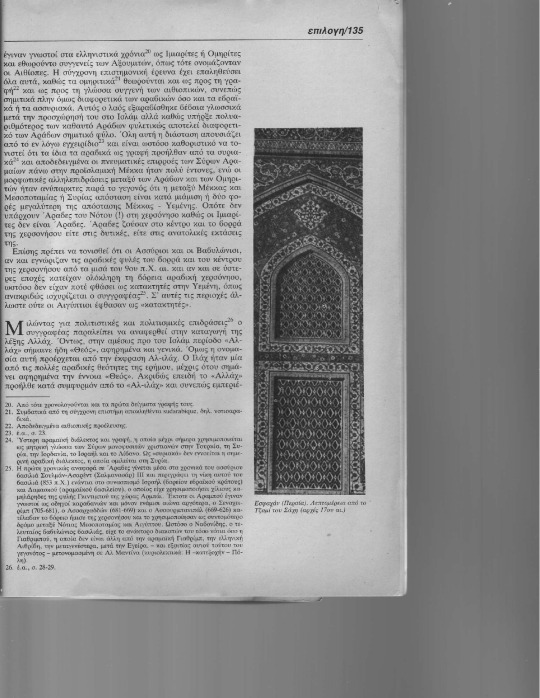




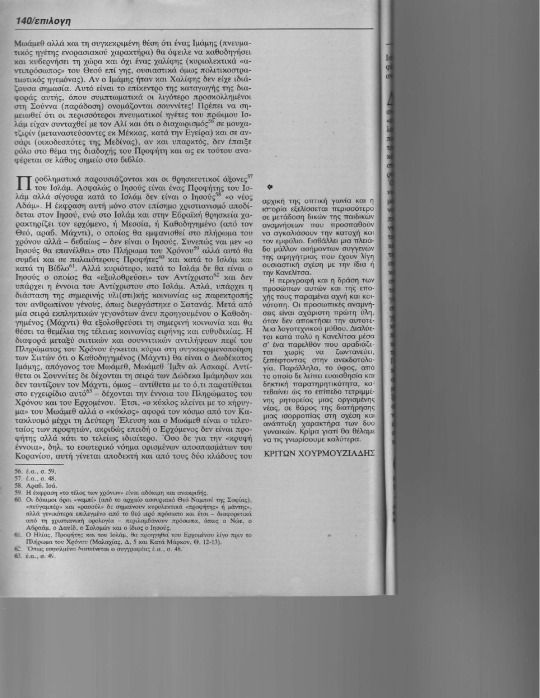





=============
Скачать PDF-файл: / PDF-Datei herunterladen: / Télécharger le fichier PDF : / PDF dosyasını indirin: / :PDF قم بتنزيل ملف / Download PDF file: / : یک فایل دانلود کنید / Κατεβάστε το PDF:
#Islam#Islamic caliphates#History of Islam#Islamic History#Allah#Patelos#Constantine Patelos#Κωνσταντίνος Πάτελος#Ισλαμική Ιστορία#πολιτικό ισλάμ#Μεγαλομμάτης#ισλαμικά χαλιφάτα
0 notes
Text
Muhammad Bin Qasim – Islamic History – Episode 02
Muhammad Bin Qasim – Islamic History – Episode 02
محمد بن قاسم – قسط نمبر 02
محمد بن قاسم (عربی: محمد بن القاسم الثقفي) کا پورا نام عماد الدین محمد بن قاسم تھا جو کہ بنو امیہ کے ایک مشہور سپہ سالار حجاج بن یوسف کے بھتیجا تھے۔
دو چار روز بعد حجاج بن یوسف طائف سے واپس آگیا، اس کی سواری محل میں داخل ہوئی تو لبنیٰ دوڑتی ہوئی باہر نکلی ،حجاج گھوڑا گاڑی سے اترا تو لبنیٰ اس کے گلے لگ گئی، باپ نے…

View On WordPress
#IslamicStory#history#history of islam#islamic war history#Muhammad Bin Qasim – Islamic History – Episode 02#محمد بن قاسم – قسط نمبر 02
0 notes
Text
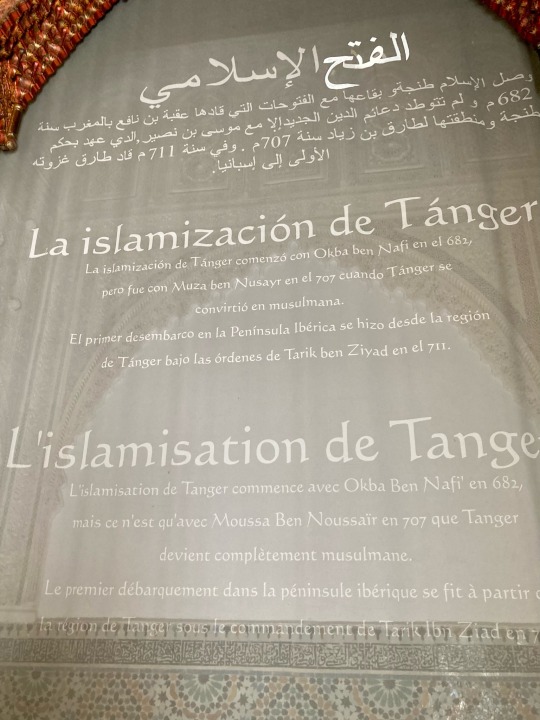
#trilingual#Arabic-French-Spanish#Islamization of Tangier#Kasbah Museum#tangier#Morocco#history of Islam
0 notes
Text
The real Historical Muhammad was More Than Likely Ilyas Ibn Qabisah.
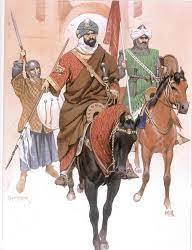
0 notes
Text
Emerald Spectacles from India, c. 1620-1660 CE: the lenses of these spectacles were cut from a single 300-carat emerald, and it was believed that they possessed mystical properties

These eyeglasses are also known by the name "Astaneh-e ferdaws," meaning "Gate of Paradise," based on the perception of the color green as a symbol for spiritual salvation/Paradise. This was a common belief in Mughal-era India, where the spectacles were made.

The lenses were crafted from two thin slices of the same emerald. Together, the lenses have a combined weight of about 27 carats, but given the precision, size, and shape of each lens, experts believe that the original emerald likely weighed in excess of 300 carats (more than sixty grams) before it was cleaved down in order to produce the lenses. The emerald was sourced from a mine in Muzo, Colombia, and it was then transported across the Atlantic by Spanish or Portuguese merchants.
Each lens is encircled by a series of rose-cut diamonds, which run along an ornate frame made of gold and silver. The diamond-studded frame was added in the 1890s, when the original prince-nez design was fitted with more modern frames.
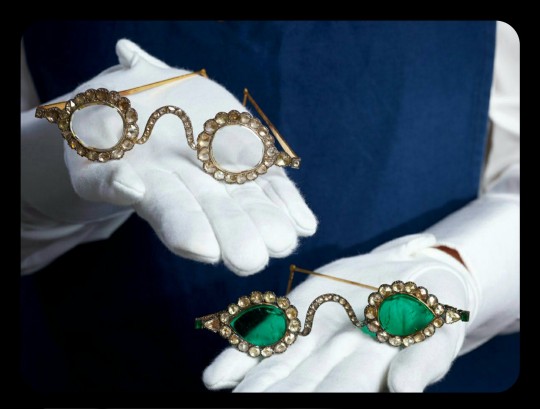
The emerald eyeglasses have long been paired with a second set of spectacles, and they were almost certainly commissioned by the same patron. This second pair is known as Halqeh-e nur, or the "Halo of Light."
The Halo of Light features lenses that were made from slices of diamond. The diamond lenses were cleaved from a single stone, just like the emerald lenses, with the diamond itself being sourced from a mine in Southern India. It's estimated that the original, uncut diamond would have weighed about 200-300 carats, which would make it one of the largest uncut diamonds ever found.

These lenses are so clear and so smoothly cut that it sometimes looks like they're not even there
Both sets of spectacles date back to the mid-1600s, and it's generally believed that they were commissioned by a Mughal emperor or prince. The identity of that person is still a bit of a mystery, but it has been widely speculated that the patron was Shah Jahan -- the Mughal ruler who famously commissioned the Taj Mahal after the death of his wife, Mumtaz Mahal. Shah Jahan did rule as the Mughal emperor from about 1628 to 1658.
The emerald and diamond lenses may have been chosen for symbolic/cultural reasons, or they may have been chosen simply because they're pretty and extravagant; their meaning/purpose is unclear. Experts do believe that the eyeglasses were designed to be worn by someone, though.
It was believed that the spectacles had spiritual properties, like the ability to promote healing, ward off evil, impart wisdom, and bring the wearer closer to enlightenment. Those beliefs are often related to Indic and Islamic traditions, some of which ascribe spiritual and/or symbolic traits to emeralds and diamonds. Emeralds can be viewed as an emblem of Paradise, divine salvation, healing, cleansing, and eternal life; diamonds are similarly associated with enlightenment, wisdom, celestial light, and mysticism.
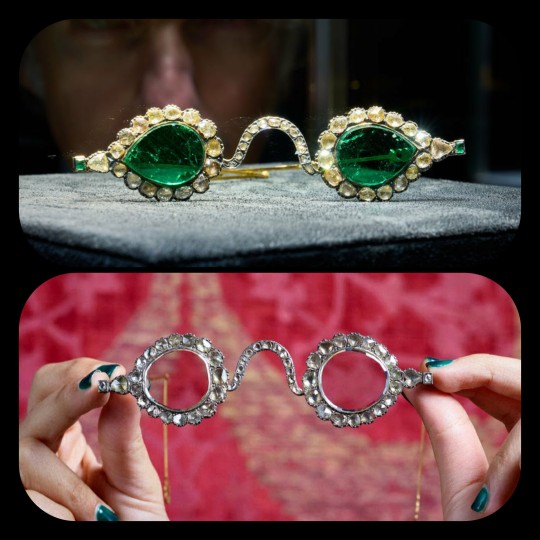
The Gate of Paradise and the Halo of Light were both kept in the collections of a wealthy Indian family until 1980, when they were sold to private collectors, before going on auction once again back in 2021. They were valued at about $2 million to $3.4 million per pair.
Sources & More Info:
Sotheby's: Mughal Spectacles
Architectural Digest of India: At Sotheby's auction, Mughal-era eyeglasses made of diamond and emerald create a stir
Only Natural Diamonds: Auspicious Sight & the Halqeh-e Nur Spectacles
The Royal Society Publishing: Cleaving the Halqeh-Ye Nur Diamonds
Gemological Institution of America: Two Antique Mughal Spectacles with Gemstone Lenses
Manuscript: From Satan's Crown to the Holy Grail: emeralds in myth, magic, and history
CNN: The $3.5 million Spectacles Said to Ward off Evil
BBC: Rare Mughal Era Spectacles to be Auctioned by Sotheby's
#history#archaeology#artifact#mughal#india#17th century#art#emerald#diamond#glasses#indian lore#islam#religion#mysticism#indian history#anthropology#spirituality#fashion
4K notes
·
View notes
Text

Beautiful morning 🌿
Cairo, Egypt 🌻
#يوميات بنت إسمها ش#مصر#egypt#photography#thisisegypt#art#masterpiece#cairo#shaimaa fekry#palm trees#history#heritage#culture#islamic#mosque#architecture
864 notes
·
View notes
Text

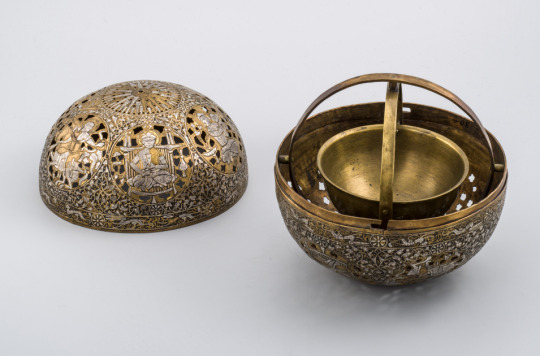
Silver and gold gilded incense burner, Syria, 13th century
from The State Museum of Berlin
478 notes
·
View notes
Text
The Americas: The Greater Morocco.
The Americas: The Greater Morocco.
“The Americas: The Greater Morocco,” is a necessary post to demonstrate that both Moors and Islam are indigenous to the Americas, AKA, the “Orient,” which means “the East, Middle East, and/or far East.” Yes, the Americas is the Orient (the East), and I did a previous post entitled, “Ancient Turkey was in Sout Carolina,” which proves that the Americas is the orient, and hence the old-world (the…

View On WordPress
#13 British Colonies#Almorocco#American History#Ancient Mauritania#Ancient Morocco#Barack Obama#Black Arabs#Black Hebrews#Black History#Black Jews#Black Muslims#Blackamoors#Dum Diversas of 1452#Granada land#Greater Morocco#Hillary Clinton#History of Islam#Holy Wars#Israel#Jews and Muslims in British Colonial America#Michelle Obama#Morocco Florida#Morocco Illinois#Morocco Indiana#Port of Morocco in Brazil#the Ben Ishmael Tribe#the Crusades#The Orient#the promised land#The rock of Gibraltar
5 notes
·
View notes
Text

Malcolm X: Inspiring Change and Empowerment in the Fight for Equality
#black excellence#malcolm x#black power#civil rights movement#civil rights#black history#nation of islam#tik tok
1K notes
·
View notes
Text
Mom? Can you pick me up? People on Twitter are doing noble savage "European colonialism is worse than Islamic colonialism" arguments again.
#Personal#history#Just because the linguistic and cultural impacts of European colonialism were more enduring doesn't mean Islamic colonialism wasn't just as#violent and terrible
570 notes
·
View notes